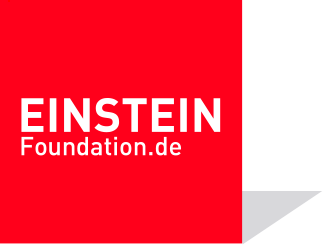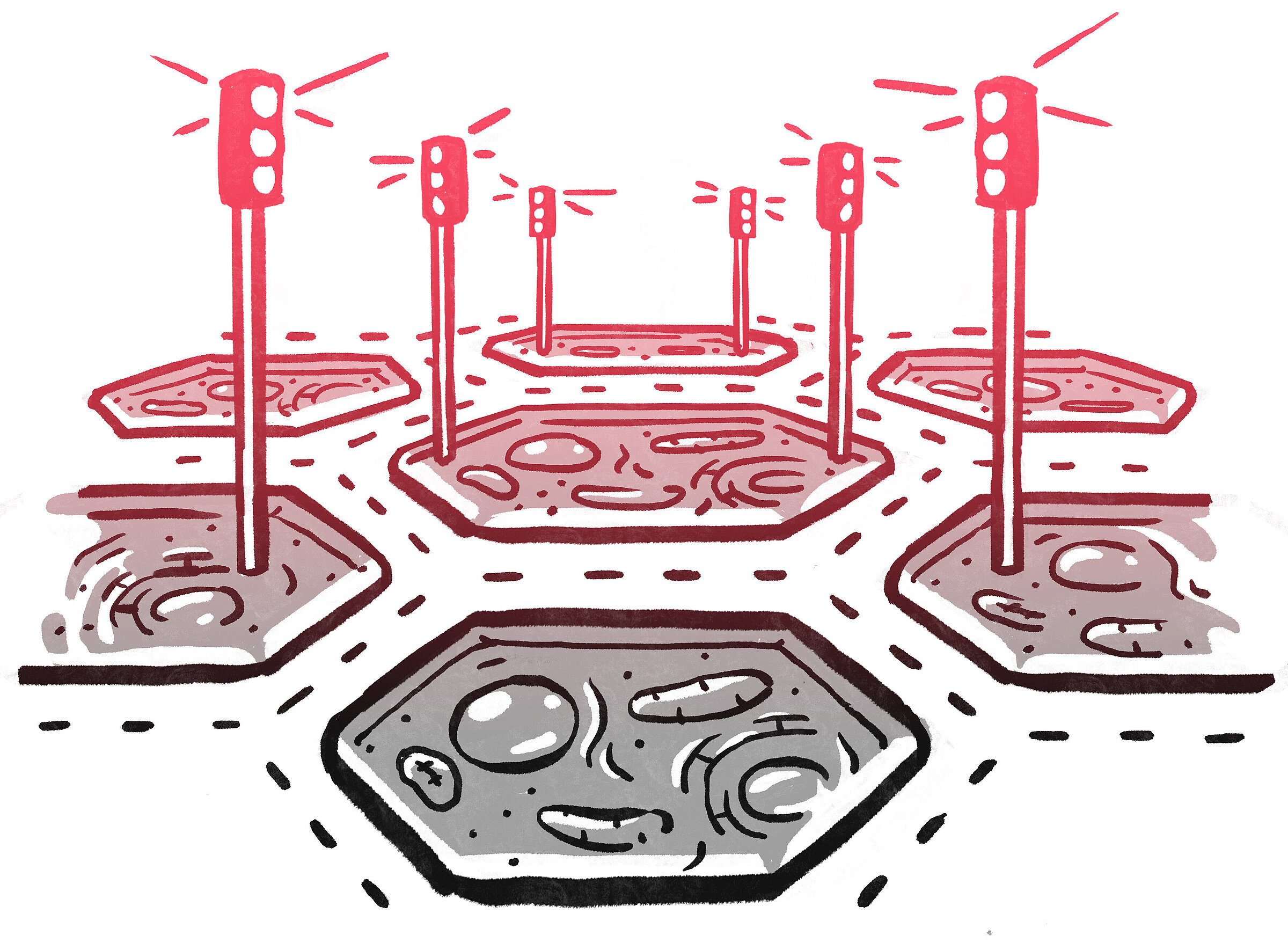It is possible to think of kinases as traffic lights in a big city that are carefully synchronized to ensure that everything is in flow. Acting like logic gates, these enzymes allow the cells in the body to decide when it is time to move towards division and proliferation. When they become dysregulated, it is like messing with the lights at a major intersection: it will induce traffic jams, chaos, and potentially deadly accidents – for example, the progression of a rare kind of cancer called chronic myelogenous leukemia that causes white blood cells to proliferate.
Fortunately, scientists have been able to develop targeted kinase inhibitors (TKI) that are able to identify dysregulated kinases selectively and shut down the cancer cells they regulate. This is a remarkable achievement considering humans have 500 kinases that all look alike. The first TKI-based therapy was approved in 2001 as a magic bullet for certain types of cancer. Today, there are 65 approved TKI, but they only target a very small number of cancer types. In many mutations, we still do not have enough data to understand which therapies will be most effective.
In my Einstein project, I am collaborating with Andrea Volkamer at Charité to accelerate drug design for rare forms of cancer. We are building an integrated machine learning and physical modeling framework that can model the potential binding modes of specific kinases and kinase mutants to help discover useful small molecules for the design of new kinase inhibitors. These optimized TKIs will not harm the rest of the cells in the body and are less susceptible to eliciting resistance.
Our open-source platform will use patient-specific mutations, which are now being regularly identified by genomic sequencing, to inform the design of effective kinase inhibitors, or the selection of kinase inhibitors already approved for therapy or in clinical trials. This computational approach will be vastly superior to humans deciding on how to modify a molecule to become a potential therapeutic. The models can make decisions across all existing 500 human kinases much more effectively than humans can. Building models based on all the data generated in the field is going to be extremely important in helping to deliver useful therapies to humans more rapidly, be it for cancer, viral pandemics, or antimicrobial resistance.
In the future, no human will be making decisions about which compounds to synthesize. This would be like searching malfunctioning traffic lights on foot, by sending staff to each neighborhood. Computational systems, machine learning, and AI give us a bird's eye view in which dysregulated traffic lights and accumulating traffic can automatically be identified. This allows us to make the best decisions on where to dispatch a fast response team, based on all available information.
Soon, we will see a full integration into the whole drug discovery process. It is about redesigning the way we create drugs and finding ways to deliver them more efficiently, pair them with the right people, and get them to the right organs. This is what really keeps me going – figuring out how we can use the tools at our disposal to bring transformative therapies to humans.


